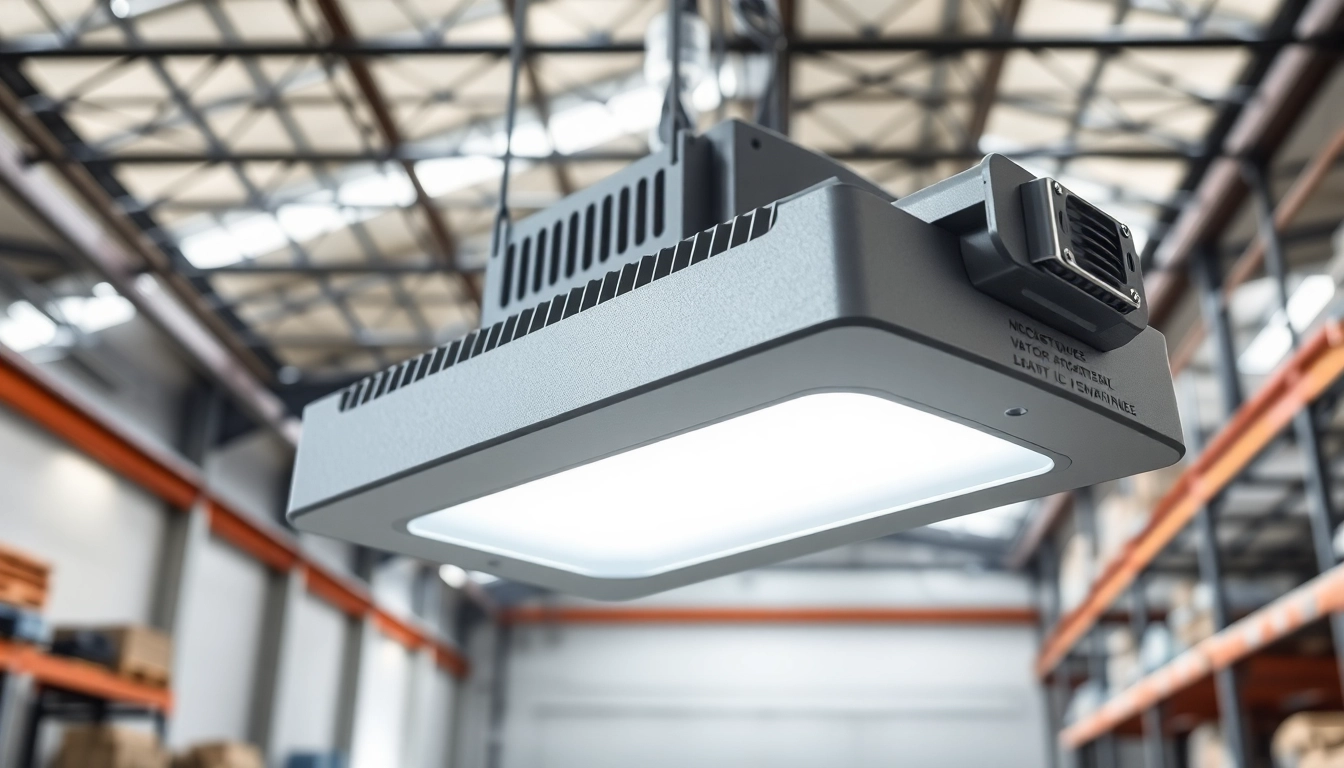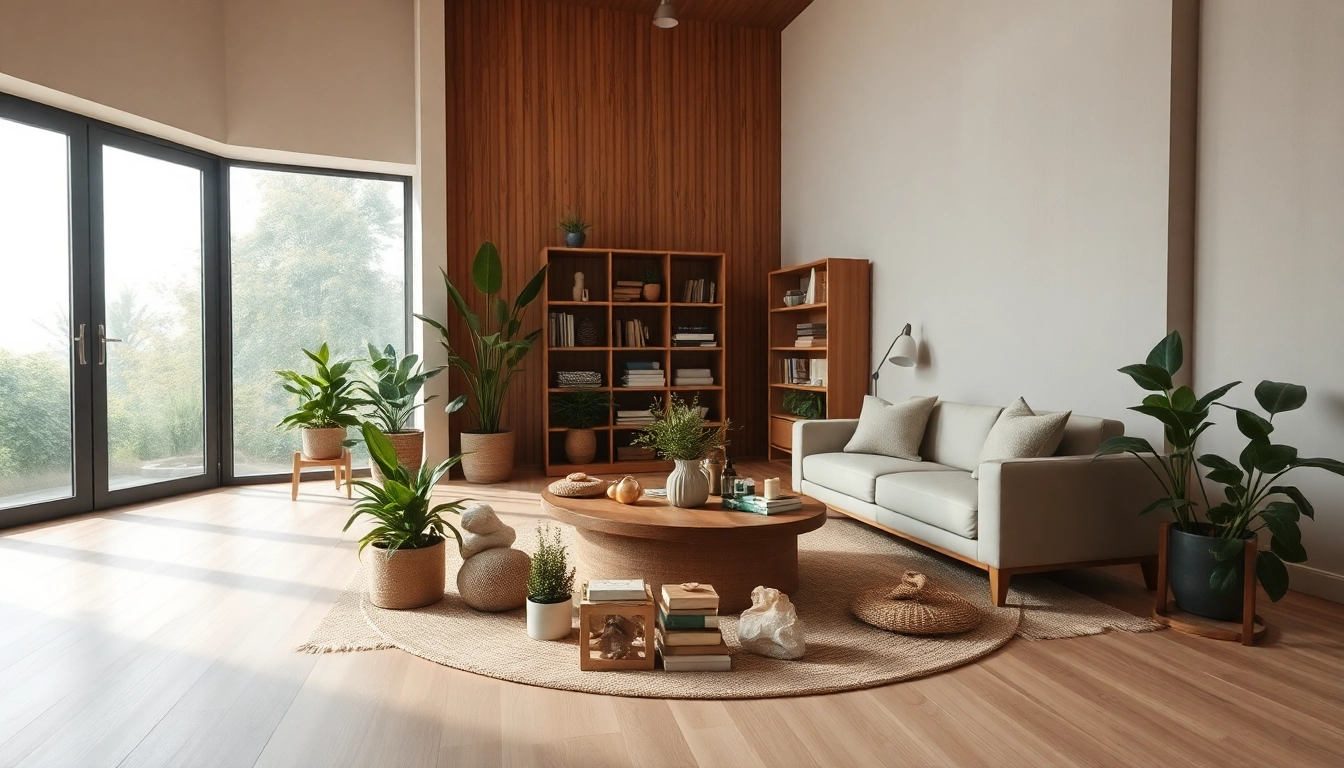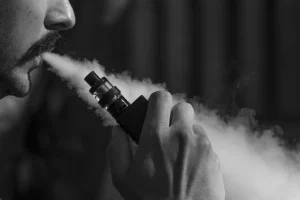Enhancing Industrial Safety and Efficiency with Vapor Tight Light Solutions
Understanding Vapor Tight Light Technology
What is a Vapor Tight Light?
A Vapor Tight Light is a specialized lighting fixture designed specifically for usage in environments where moisture, dust, and other contaminants may significantly affect performance and longevity. These fixtures are hermetically sealed, ensuring that not only are they resistant to corrosion, but they also prevent the ingress of fluids and particulates that might otherwise compromise electrical components. Typically constructed with rugged materials like polycarbonate or reinforced glass, they ensure optimal light output while maintaining durability under demanding conditions.
Key Features and Benefits of Vapor Tight Lights
Vapor Tight Lights come with several key features that make them particularly suitable for a variety of applications:
- Moisture and Dust Resistance: The sealed construction keeps moisture, dirt, and contaminants away from the interior, prolonging the lifespan of the lighting fixture.
- Energy Efficiency: Most modern vapor tight lights utilize LED technology, which not only provides brighter illumination but also consumes less energy compared to traditional bulb systems.
- Low Maintenance: With their robust design and long operational lifespan, they require significantly less maintenance than standard lighting fixtures.
- Versatility: They can be used in various settings such as parking garages, warehouse facilities, food processing plants, and other industrial environments where durability is paramount.
- Enhanced Safety: Vapor Tight Lights comply with strict safety standards, making them ideal for hazardous environments where safety is critical.
Applications in Various Industries
The versatility of Vapor Tight Lights allows them to be employed in a wide array of settings. Common applications include:
- Industrial Facilities: In manufacturing plants where dust, dirt, and moisture are prevalent, vapor tight lighting ensures reliable operation without failure.
- Food and Beverage Processing: These fixtures can withstand rigorous cleaning processes while providing consistent illumination that meets health regulations.
- Agricultural Environments: In farms and greenhouses, vapor tight options provide illumination in wet or humid conditions without risk to electrical components.
- Commercial Spaces: Shopping centers and parking garages benefit from the durability and low maintenance needs of vapor tight lighting systems.
- Outdoor Installations: While installed in outdoor applications, vapor tight lights ensure effective performance even in harsh weather conditions.
Choosing the Right Vapor Tight Light for Your Needs
Factors to Consider When Selecting Vapor Tight Lights
When considering the installation of Vapor Tight Lights, several factors should be taken into account:
- Environmental Conditions: Assess the specific conditions of the environment where the lighting will be installed. Humidity, dust levels, and the presence of corrosive materials can all influence your choice.
- Light Output: Determine the required lumens for your application. Higher lumens equate to brighter light, suitable for larger areas or tasks needing precise visibility.
- Wattage and Energy Consumption: Consider energy-efficient options that provide adequate illumination while minimizing energy costs.
- Mounting Type: The configuration of the space can dictate whether you need surface-mounted, suspended, or recessed lighting.
- Regulatory Compliance: Assess if specific industry standards or regulations dictate your selection process, especially in food processing or manufacturing environments.
Comparing Different Types of Vapor Tight Lights
There are various designs of Vapor Tight Lights, including:
- Linear Options: Common in commercial and industrial settings, linear vapor-tight fixtures often come in lengths ranging from 2 to 8 feet.
- Wraparound Fixtures: These provide broad light distributions and are suited for areas requiring even illumination.
- LED vs. Traditional Bulbs: LED vapor tight lights offer significantly longer lifespans and energy savings compared to traditional fluorescent or incandescent bulbs.
- Customizable Lengths: Depending on the installation space, some manufacturers may allow custom length fittings to be optimal for your specific needs.
Essential Specifications to Look For
While examining options for Vapor Tight Lights, ensure to review the following specifications:
- Ingress Protection (IP) Rating: An IP rating of IP65 or higher signifies that the fixture is fully protected from dust ingress and can withstand low-pressure water jets.
- LED Ratings: Check the lumen output, wattage, and efficiency ratings to ensure it meets your lighting requirements.
- Operating Temperature Range: Confirm that the light can function effectively under the temperature range expected in your environment.
- Material Specifications: Opt for fixtures made with high-grade materials that have proven resistance to corrosion and impact.
Installation and Maintenance of Vapor Tight Lights
Step-by-Step Guide to Installing Vapor Tight Lights
To ensure maximum efficacy and longevity of installed Vapor Tight Lights, follow a structured installation process:
- Preparation: Gather the necessary tools such as screwdrivers, electrical tools, and safety gear. Ensure the power supply is turned off before starting.
- Mounting: Depending on the fixture type, either install brackets or directly mount the light to the surface using appropriate anchors.
- Electrical Connections: Connect the wiring according to the manufacturer’s instructions. Always adhere to local electrical codes.
- Seal Final Connections: Ensure that all sealing surfaces are correctly connected to prevent moisture ingress during operation.
- Testing: Once installed, turn on the power and test the functionality of the fixture. Confirm that there are no flickers or abnormalities.
Maintenance Tips for Longevity
Maintenance is crucial to ensure the sustainable performance of Vapor Tight Lights. Here are some tips to keep them functioning optimally:
- Inspect fixtures periodically for any physical damage or signs of wear.
- Clean lenses and surfaces to ensure maximum light output, particularly in dusty environments.
- Check electrical connections and components to prevent potential malfunctions.
- Replace any failing bulbs promptly to avoid long-term damage to the fixture.
Common Issues and Troubleshooting
Some common challenges faced during operation may include:
- Flickering Lights: This may indicate an issue with wiring or a failing bulb. Inspect wiring and components for loose connections.
- Inadequate Brightness: Ensure that the appropriate wattage and lumens are in place. It may also be necessary to clean the fixture.
- Unresponsive Fixtures: Check the power supply and circuit in use. If connections are intact, consider bulb replacement.
Energy Efficiency and Sustainability of Vapor Tight Lights
How Vapor Tight Lights Contribute to Energy Savings
Energy efficiency is a critical focus within modern lighting solutions. Vapor Tight Lights, particularly LEDs, contribute massively to energy savings. They consume significantly less energy compared to traditional lighting options while providing superior illumination. This leads to lower electricity bills and supports corporate sustainability goals by reducing overall energy consumption.
Understanding Environmental Ratings
When considering Vapor Tight Lights, it’s essential to note their environmental ratings, which will guide their suitability for specific spaces:
- IP Ratings: These ratings gauge the protection offered against solids and liquids.
- Energy Star Certification: Many energy-efficient lighting solutions come with this certification, ensuring reduced energy consumption and less environmental impact.
- Material Safety Standards: Fixtures should comply with safety regulations regarding hazardous materials, cementing their sustainability profile.
Innovations in Energy-Efficient Lighting
Innovative technologies are continually being developed to improve the energy efficiency of Vapor Tight Lights. These innovations include:
- Smart Lighting Controls: Leveraging IoT technology enables automation and real-time adjustments to lighting based on occupancy and ambient light conditions.
- Adaptive Lighting Systems: These systems can dynamically adjust brightness and energy consumption in response to environmental factors, enhancing efficiency.
- Recyclable Materials: Many new fixtures are being produced using recyclable and environmentally friendly materials that minimize waste and environmental impact.
Customer Experiences and Case Studies
Real-World Applications of Vapor Tight Lights
Case studies illustrate how Vapor Tight Lights have positively affected businesses across various sectors:
- Manufacturing Facilities: One facility improved its productivity by installing these fixtures, which provided better visibility for assembly lines, leading to fewer errors.
- Food Processing Plants: These plants reported achieving compliance with health and safety standards effortlessly due to the reliable illumination of vapor tight lights.
- Agricultural Ventures: Greenhouses utilizing vapor tight solutions noted an increase in operational efficiency due to reduced bulb replacements and consistent lighting levels.
Customer Testimonials and Feedback
Feedback from users highlights the following benefits:
- “We’ve experienced a drastic reduction in maintenance and power bills since switching to Vapor Tight Lights in our operations.”
- “The reliability and clarity of these lights have exceeded our expectations, enhancing safety in our facility.”
- “Easy installation and durability mean we haven’t lost any performance since their implementation.”
Measuring the Impact of Vapor Tight Lights on Operations
Measuring the effectiveness of Vapor Tight Lights can be accomplished through key performance indicators (KPIs) such as:
- Energy consumption and cost savings over time.
- Maintenance frequency and costs associated with lighting systems.
- Operational efficiency metrics, including production outputs during periods of adequate lighting.









Post Comment